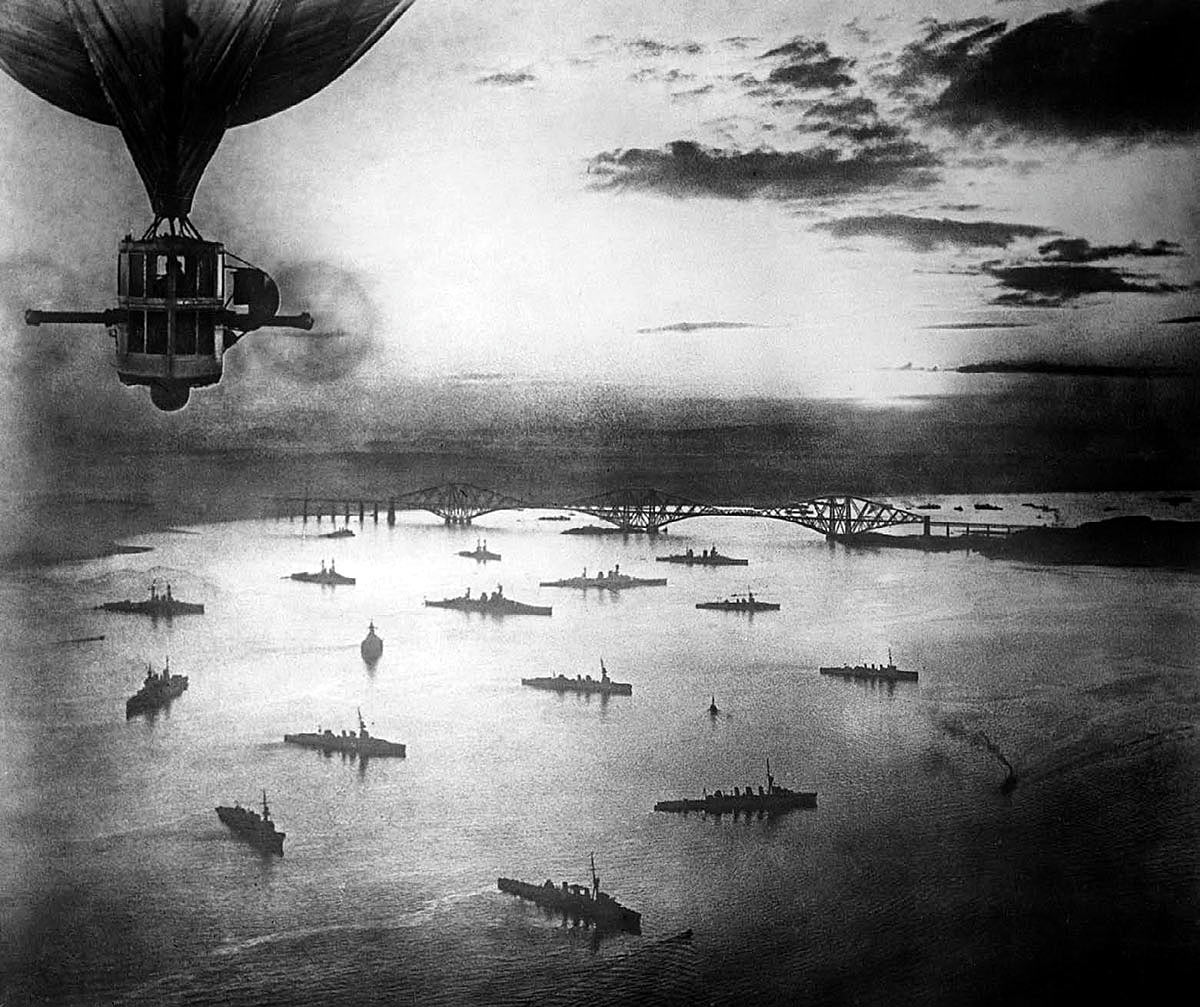That's an interesting picture, Rubyjuno. The owner of the shop has gone to some effort with this depiction of the Zulu War. I suspect that few people outside the UK would have much to say about this 19th century conflict in southern Africa. The Zulus were, after all, Africans who were quite capable of taking on the Europeans and their clearly superior technology.
The Tadpole Mark IV is also interesting. I think the extension of the vehicle was for improved trench crossing. In my mod I don't have this Mark IV type in particular to offer, but if you take the shadowing into account, you get at least visually a similar impression with the standard Mark IV (see below at the screens).
Best regards to the North of England.
Today I want to present some screens from the scenario "Michael". Michael" is the name of the operation at the beginning of the German spring offensive in 1918, which is perhaps not known to everyone. It was the last attempt by the German side in the First World War to achieve complete victory, even though the likelihood of victory for the Central Powers had become very unlikely after the USA entered the war in April 1917. After all, following the collapse of Russia, considerable forces from the East were once again available for deployment in the West. For a brief period, a small superiority in manpower at the front over the Entente was achieved. But month after month, more US troops came into action and finally brought the decision in the summer of 1918.

Turn 1 (Strategic Map) - The main battle area between Arras and Noyon can be seen. To the east are the German attacking forces consisting of 3 armies. To the west, the British 3rd Army defends in the northern area and the 5th Army from the centre to the south. Later, the French 1st and 3rd Armies, as well as the British 4th Army with an Australian corps north of the Somme and a Canadian corps south of the Somme are thrown into the fray. So once again it will not be a walk in the park. As with the historical course, the player must first completely smash the enemy's 5th Army in order to get into the open.

Turn 2 - The friendly troops have begun attacking the extensive position system (1). First, the interfering barbed wire obstacles must be removed. At the same time, air groups begin air attacks on the entrenched British ground troops (2). This prompts the AI to counter-manoeuvre with its flak (3). Very nice, I can now take them out without any problems. But there are also enemy air groups that counterattack. Here a squadron of Sopwith Camels attacks a reconnaissance division of mine (4). Since such counter-attacks can always take place, it is highly recommended to always accompany your own bombers in the front area with fighter protection, otherwise heavy losses are very likely.

Turn 4 - A little later a little further south, the first incursions are made into the positions of 7th Corps (1) and 19th Corps (2). Progress is laborious. A strong own air attack wears down the enemy's support forces directly behind the main battle line and thus facilitates the breakthrough (3). But the British are also able to carry out strong air attacks (4). Both sides are now facing each other with an inverted front. However, I have more fighter groups in place than the enemy. It will be a lively target shooting. The enemy flak (5), which had already been hit before, will hardly be able to change anything.

Round 9 - Even further south in the area between Peronne and St. Quentin. In the meantime, a more extensive breakthrough has been achieved here. The village of Roise was taken and the last enemy troops of the trench line were destroyed in the previous turn (1). A heavy infantry force of our own was able to advance and has entrenched itself on a hill (2). Enemy reconnaissance units try to bring help to their harassed flak in Tertry (3). In doing so, they sighted the artillery behind my heavy infantry. But they can't get close to them. But they don't have to. The AI has now got this tasty target in sight and activates a cavalry from the depths. The cavalry batter my advanced artillery (4) - boo! But it gets worse. The cavalry is now also sighting the supposedly safe artillery in Roise. Once again the AI can't resist and throws 2 infantry units from the position near Peronne in the direction of Roise, almost destroying my experienced strong artillery (5). That is so nasty. The hospital will have a lot of work to do. Such a domino effect can lead to heavy losses. At least the enemy has opened his strong defences east of Peronne, which in the long run compensates for the temporary loss of the two artillery units. Meanwhile, things are calmer at St. Quentin. Here one still has to get the enemy out of the trenches (6). At the same time, the HQ of the 18th Army with Oskar von Hutier slowly advances (7).

Turn 17 - A little later in the section slightly north of the Somme. The picture is from the enemy's point of view. On the lower left edge you can see the Australian corps entrenched along the hedgerow terrain north of Albert (1). They won't be so easy to beat there. To the north of this you can make out 4 tank units of the Royal Tank Corps (2). Another tank group is just visible at the lower edge (3) and is being attacked by my planes (4). The slow colossi are somewhat sensitive to air power. On the upper edge, Bapaume is currently being attacked by my units (5). In addition, a Sturmtruppe is attacking a British railway gun, which has been giving supporting fire with its long range and is now out of ammunition. An SE-A7V also comes into action at Bapaume. There may be a tank duel later. Some resistance will have to be broken before all objectives are achieved. But at least the troops are now in open terrain with mobile warfare.











